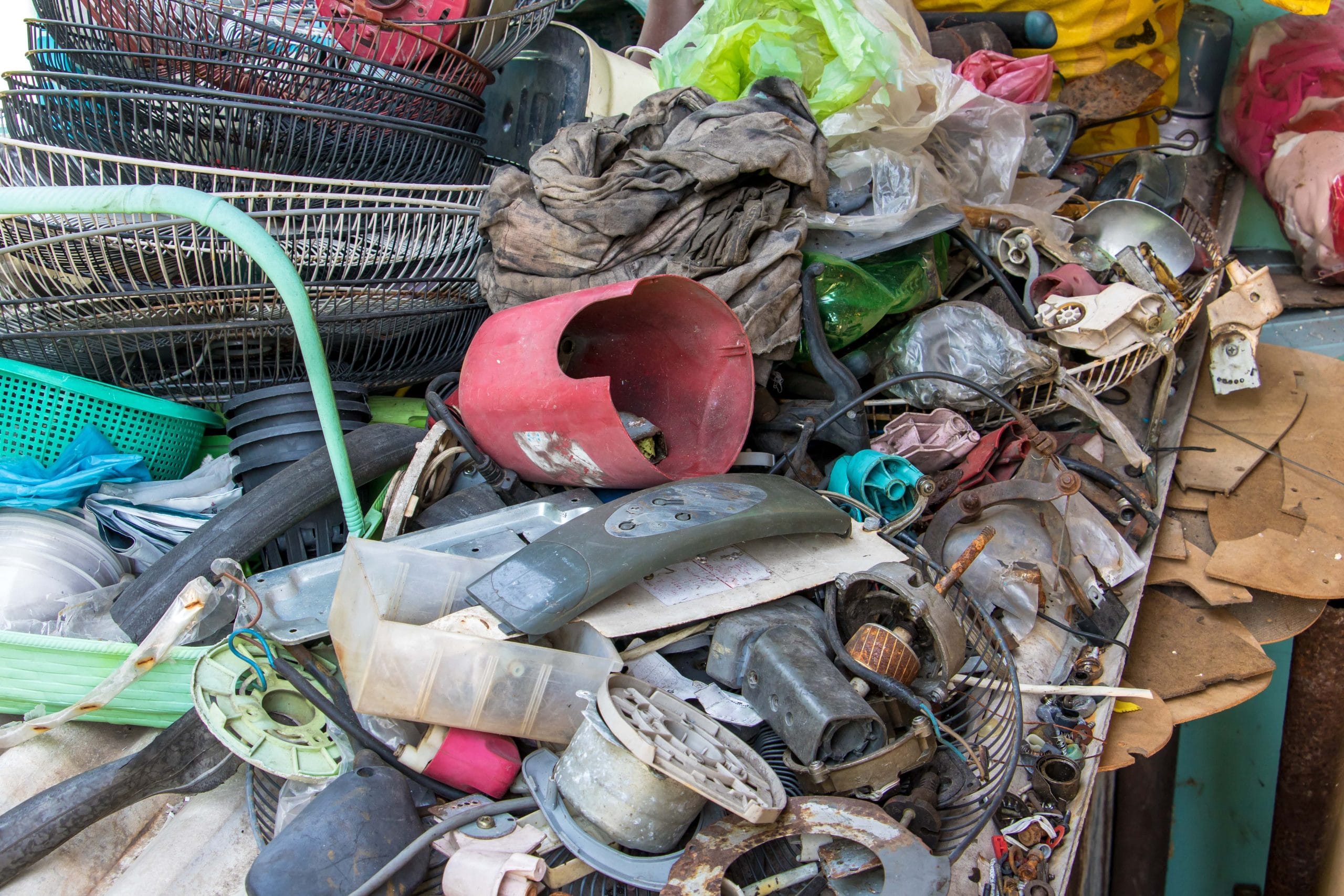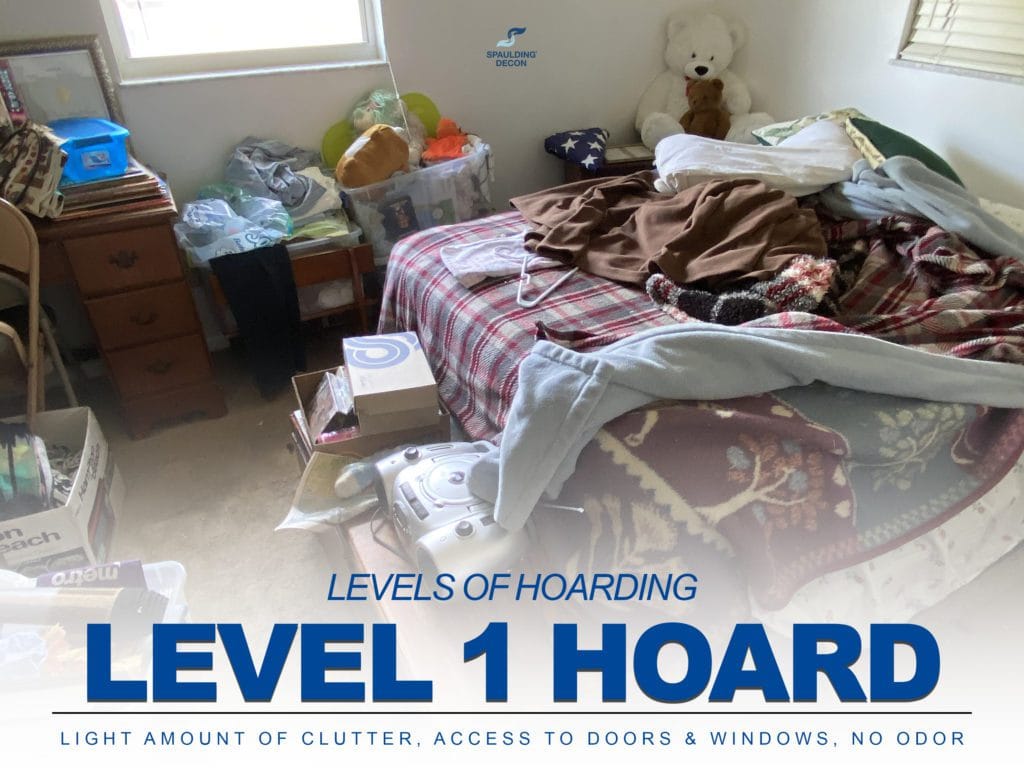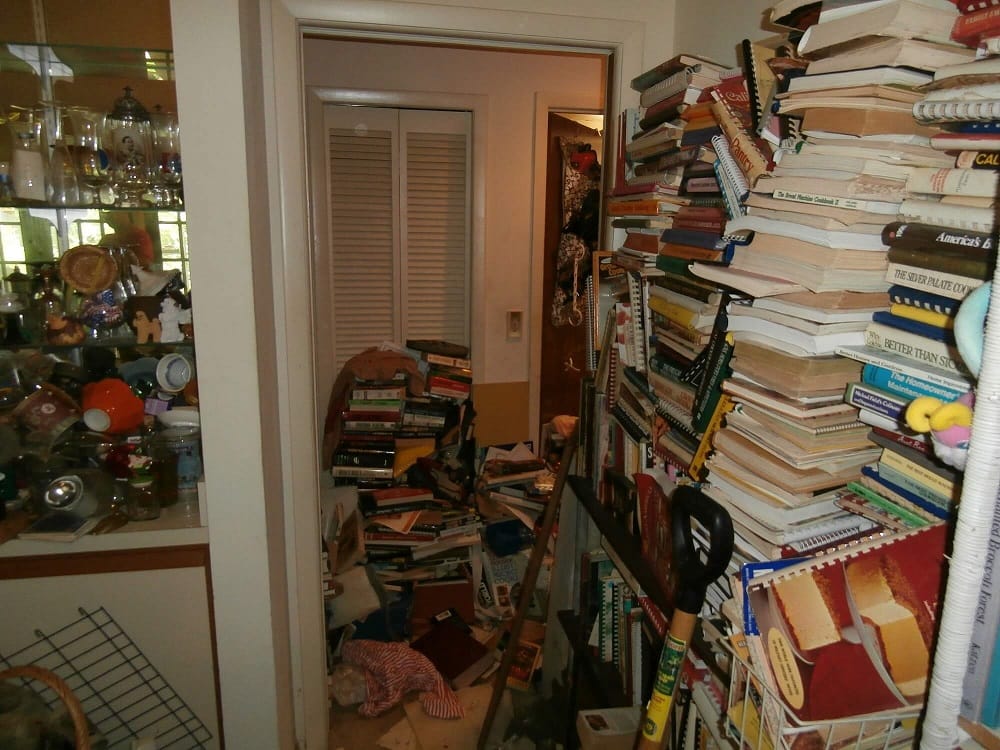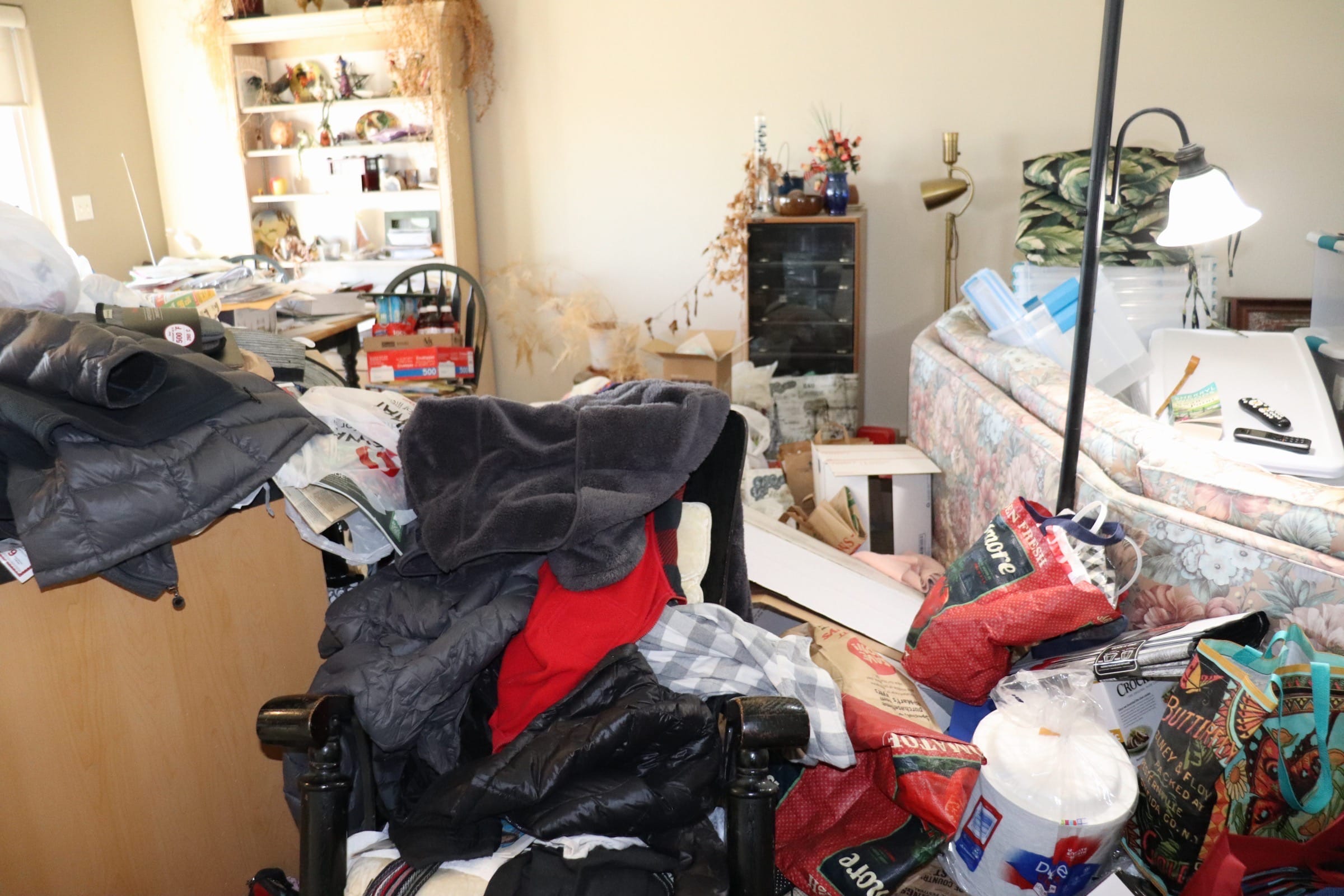Hoarding is something that most people approach with fascination, wondering how people could let their homes get so out of control. There are even reality TV shows that treat hoarding and hoarders as a source of entertainment, to be marveled at from the comfort of our clean, organized homes.
Hoarding isnt funny or even entertaining; its the result of a severe mental illness called hoarding disorder. While hoarders might recognize the problems, they find it impossible to get things under control. The reality is that hoarding cleanup is far more involved than simply grabbing some trash bags and getting to work.
Hoarding cleanup specialists are often needed. These professionals are trained in safely removing trash, debris, and other times, properly disposing of it all, and cleaning and sanitizing the space afterward. To learn more about the ins and outs of hoarding cleanup, read on.
Understanding Hoarding Disorder
If you are trying to clean out your own home or that of a loved one or friend who is still living in that home, you need to understand hoarding disorder before you get started. Understanding what causes it and how hoarders think is key to effectively cleaning the space without causing extreme mental distress.
Hoarders may hoard things that they think are valuable (but that value isnt evident to others), things they find unique, or they may be fixated on compulsively acquiring free items, such as pens, flyers, etc. Some of the common hoarding items are magazines, newspapers, other papers (such as junk mail or flyers), plastic bags, cardboard, photos, household goods, clothing, and food. Some people also hoard animals, which adds in a whole other layer of difficulty when cleaning and sanitizing the space and also may result in authorities getting involved, if the animals are neglected.
There are different reasons why people hoard. Some do it because they want to keep items around, just in case they need it in the future. Other items, such as photos, may be seen as holding sentimental value or as something they can use to remember a certain memory. If hoarders think an item is too valuable to throw away (even if it was free or cost very little), they hang on to it. Ultimately, things start to get out of control and even though a hoarder may realize that they have too much, their disorder keeps them from getting rid of the items.
Hoarding is often associated with other mental health conditions, such as OCD, ADHD, depression, and obsessive-compulsive personality disorder (OCPD).
All of this means that it may be useful to get mental health professionals involved if the person is still living and is going to be a part of cleaning up the home. If you arrive one day with a dumpster and a cleaning crew, that could cause great mental distress for the hoarder, so it needs to be approached delicately and with the guidance of someone who understands the disorder.
The Basics of Hoarding Cleanup

Cleaning up a hoarding home is a very challenging task.
Cleaning up a home where a hoarder lives is a lot more involved than simply decluttering and cleaning a normal home. Special equipment, protective gear, and even professional services are typically needed to really get the home clean. Here are some things to consider.
Evaluate the Space and Strategize
Before going in, you need to know what you are working with. What kinds of items are being hoarded? What it is will dictate how you remove it and dispose of it and also dictate any protective gear you need. This also gives you an idea of the human power you need to clean the space and what type of containers you need to remove the items (e.g., a dumpster, trash hauling, etc).
Protect Yourself
Even if you think you know what youre getting into, you have no idea whats under all those piles. Eye protection, gloves, a mask, and even shoe protectors and coveralls might be necessary.
There might be broken glass, rotten food, rodents, insects, or animal droppings under the piles. If you are dealing with hoarding this extreme, its wise to call a professional cleaning company. They have the expertise, training, and equipment to remove and properly dispose of biohazardous materials.
Put Together a Cleaning Kit
Make sure you have all the cleaning tools and products you need. Some things to include are:
- Empty boxes and bins
- Trash bags
- Broom and dustpan
- Bucket and mop
- Cleaning and disinfecting products
- Sponges and rags
- Vacuum cleaner
- Step ladder
- Shovel
- Small hand tools
Start Small
Start with one room at a time and empty it completely. Identify any items that are salvageable and make a plan for what to do with them (donate them, bring them back into the room, etc.). Starting with a small room, like a bathroom or closets, might help.
You can build momentum and if the person who lives in the home is participating in the clean-out, they may be more likely to continue if you start small, go slow, and let them part with items on their own terms.
Deep Clean and Repair
Once you remove everything from the rooms, its time to deep clean. Remove any old and dirty carpet, repair damages to walls and floors, and deep clean and disinfect the space. If there is mold, animal droppings, or other hazardous material, call in a professional.
Hoarding Cleanup Is Not an Easy Job

Professional hoarding cleaners can quickly clean any hoard.
Hoarding cleanup is likely to be far more than something you can take care of on your own. Due to the mental illness of the hoarder, the scope of some hoarding situations, and the health and safety hazards present in hoarding homes, you may need professionals to handle the cleanup right from the start.
Here at Spaulding Decon, we understand that hoarding is a mental illness and our specially trained cleaners know how to handle the situation with care and respect. We also partner with local mental health services to help work with the hoarder and their family.
We have locations all over the country. Contact our 24-hour call center today to set up an appointment.
More Hoarding Information:
Below are several more resources about hoarding clean up, and hoarder mental health.
- Everything You Need to Know About Hoarding Cleanup Services
- Learn How to Remove Biohazardous Materials from a Hoarding Situation
- Differences Between Hoarding and Clutter Cleanup
- The Ins and Outs of Hoarding Cleanup
- Animal Hoarding: Laws, Facts and Psychology behind It
- Hoarding and Clutter Cleanup in Commercial Estates
- 5 Stages of Hoarding Explained





